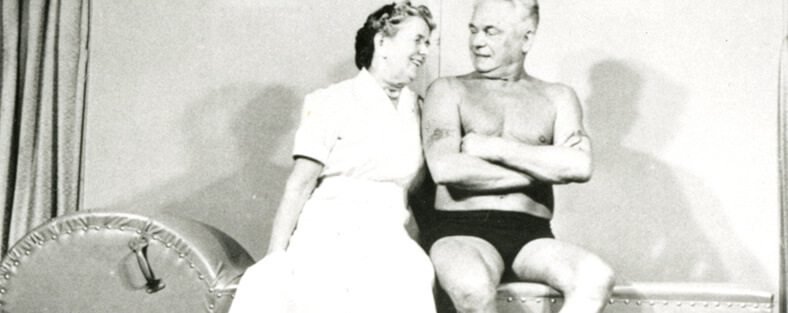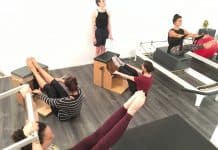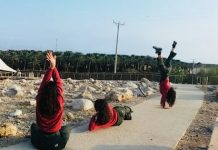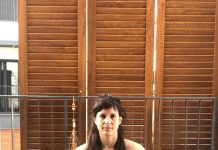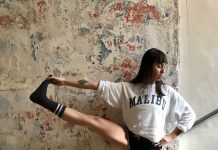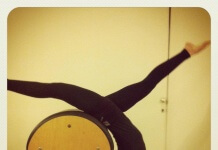Born in Germany, Joseph Pilates was a genius ahead of his time – a pioneer in the field of human anatomy. In his childhood, he used to observe and study the way wild animals moved in the woods, and as an adult he studied nearly every physical discipline, from western methodology to Zen, Yoga and martial arts.
As a fighter is the first world war, Pilates began to develop his technique, which he called Contology, with which he rehabilitated injured fighters. In 1923, at the age of 40, Pilates was asked to help train the new German army, but since he was opposed to the regime he left Germany and emigrated to the USA. On his way there, he met Clara, who later became his wife. Clara was suffering from arthritis at the time, and during their voyage Pilates began to treat her using his method.
When they arrived in New-York, Joseph and Clara opened the first “official” Pilates institute, and began to teach his method to dancers, actors and bohemians. The technique proved itself so fast that many choreographers and dance teachers began to integrate Pilates’ exercises into their dance classes, and the number of his students steadily grew.
What is Pilates
Contrology – that’s what Pilates named the method he invented, a method which combines body, mind and soul. It focuses on the connection between breath and core control, with an emphasis on stability as the basis of free motion.
As opposed to other forms of exercise, which tend to emphasize muscle strength and bulk, Pilates focuses on utilizing the most efficient muscle groups to enable a given movement or number of movements, which in turn leads to healthier, easier and more efficient motion. In this sense, Pilates is much like Yoga, Ballet and swimming.
Pilates is not just about building strength, but also about strength distribution. As part of the practice, the muscles grow longer and stronger, the body comes into balance, posture improves, energy increases, and we feel ourselves lighter and fitter.
Pilates activates the body’s core: the area between the shoulderblades and the lower pelvic floor muscles. From here, movement and energy flows to the entire body. A few classes are enough to feel a significant change. Through practice and connection with the method, you can feel a huge improvement in physical and mental wellness. The body grows straight and long, and it’s no exaggeration to say that it is accompanied by a state of elation.
The Principles of Pilates
Breath – an important and central principle of Pilates. The breath is essential in each and every movement in Pilates.
Focus – every exercise requires concentration and full attention to the body’s position and alignment.
Flow – the Pilates exercises tie into each other, creating a continuous sequence.
Control – every exercise is performed with full control and precision.
Emphasis on body core – core muscles are the most important muscles in the body, they anchor and stabilize it.


